Learning how to roast coffee beans may seem like a daunting task. But after learning a little bit more about the process, you may find home roasting coffee to be well worth the extra effort.
Just imagine how your perfect day would start.
For coffee lovers, a perfect start to the day would include waking up to the smell of freshly brewed coffee and rewarding your tastebuds with the premium flavor of your favorite roasted coffee beans.
Let’s face it though, premium roasted coffee beans can be expensive. You also wonder about the freshness of those you just purchased at your local coffee store or favorite roaster.
There is a growing interest among coffee lovers to take control of the taste and freshness of the coffee they drink. They can do so by learning how to roast coffee beans at home.
The population of home coffee roasters in the United States is small relative to European countries.
Home coffee roasting was necessary for coffee drinkers in the early 20th century. Commercial roasting gained in popularity after World War I while home coffee roasting fell by the wayside.
However, home coffee roasting has made a comeback in the US. Avid coffee drinkers are taking steps to learn how to roast coffee beans at home.
I know what you are thinking – “I don’t have the time to roast coffee at home” or “I don’t know even know where to begin to learn how to roast coffee beans.”
If you are a coffee lover trying to decide if home coffee roasting is for you, this guide can answer your questions. Or if you have already decided it is for you, this guide will help you move towards becoming an expert home coffee bean roaster. Before you know it, you will be teaching others how to roast coffee beans.
What is Green Coffee?
First, let’s take a step back and learn about where coffee beans grow. The information will be helpful as you learn how to roast coffee beans.
Coffee beans grow on evergreen trees or shrubs in warmer climates. These trees’ fruit contains coffee beans, two flat seeds. Just as apples are red and oranges are orange, coffee beans are green when they are removed from the fruit of the tree.
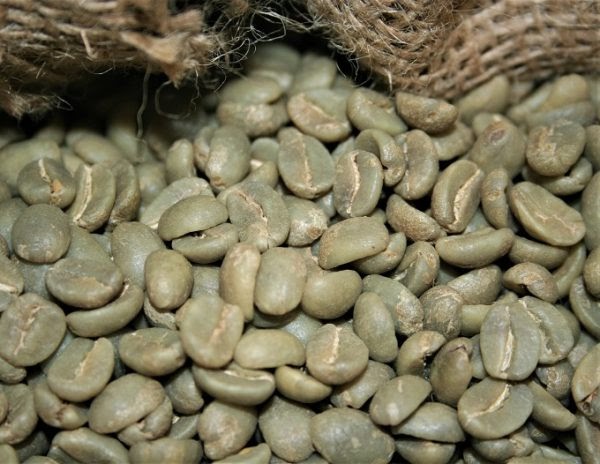
Let me guess, many of you have never seen green coffee beans.
That’s because most coffee aficionados purchase coffee beans that have already been roasted. However, if you want to learn how to roast coffee beans, it’s helpful to learn about them in their raw form. It is the roasting process that changes them from green beans to the various shades of brown you find in store-bought coffee. In the coffee industry, Green Coffee refers to raw coffee beans or unroasted coffee beans that have been dried and cleaned. This green coffee comes ready for roasting
- Learn More About Raw or Green Coffee Beans and how to choose the perfect Green Coffee Beans for you.
What Varieties of Coffee Beans are Available?
Now that we know where green coffee beans grow, let’s dig a little deeper.
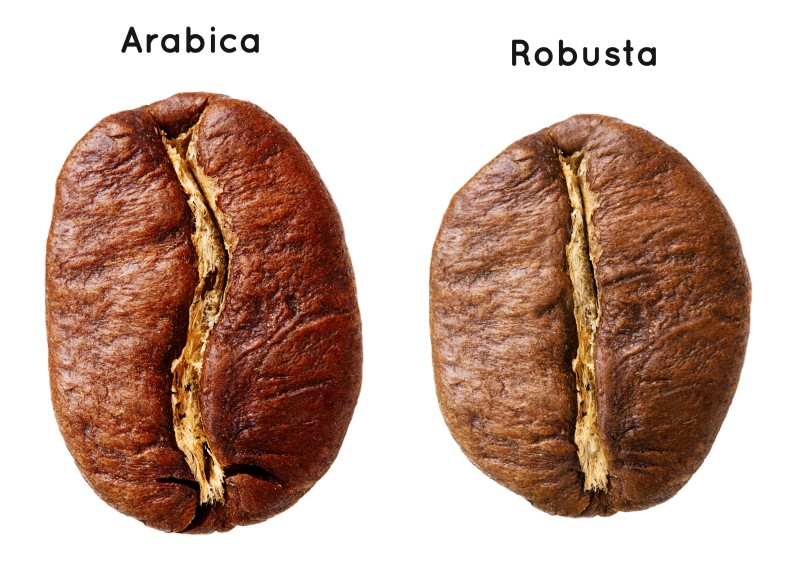
Although varieties of coffee beans vary by region and roasting characteristics, there are two main types of coffee beans. Arabica coffee beans are considered premium coffee beans and grow in smaller batches. Robusta coffee beans grow on trees in larger batches. Therefore, the cost to plant, maintain, and harvest them is more economical than that of Arabica.
So you may be thinking – what does that mean for the taste and caffeine levels of each coffee bean type?
As you learn how to roast coffee beans, you will begin to discern the differences between Arabica and Robusta beans.
Arabica beans are known to have a sweet fruity taste with higher acidity. Robusta beans are known to have a flatter, bitter taste with lower acidity compared to Arabica beans. They also have a relatively higher caffeine concentration.
Let’s take it a step further to learn the differences between the two types:
Because the Arabica variety is considered to be premium coffee beans, they are further classified into five grades. These grades are primarily based on the number of defects found per pound of beans.
The more economical Robusta beans are used in instant coffees, espresso, and as a filler in ground coffee.
Wait, there’s more to consider when deciding which green coffee beans to buy. We haven’t even gotten to the roasting steps yet, but this information is important when learning how to roast coffee beans.
Besides the variety of coffee beans, growing regions, strains (“cultivars”), and processing methods will affect the ultimate taste of the coffee you brew. The different combinations and resulting flavor profiles give coffee drinkers many options from which to choose. Learning how to roast your own coffee beans allows you to perfect your personal flavor profile.
For help selecting green coffee beans to purchase, review recommendations based on your personal taste preferences.
What are the Advantages of Home Coffee Roasting?
Listen, I know you probably are thinking, “It’s so much easier to buy my roasted coffee beans than roasting them at home.”
You may be wondering if there is a steep learning curve and if the time required to learn how to roast coffee beans is worth it.
Before deciding that home coffee roasting is not for you, consider the advantages including the convenience.
Roasting coffee beans at home offers the convenience of enjoying a cup of freshly roasted coffee at any time of day. And you can do so without leaving the comforts of home. It enables you to custom-roast a large variety of super-premium coffees and enjoy the aromas and flavors of gourmet coffee in your own kitchen whenever the craving strikes. As a coffee lover, nothing compares to the scent created from home coffee roasting.
What’s more, this convenience doesn’t take away from the cost-friendliness of roasting coffee beans at home.
Because green coffee beans can be purchased at nearly wholesale prices, home coffee roasting is an economical choice for coffee drinkers. Purchasing one pound of high premium green coffee beans from a coffee trader will cost less than one pound of garden-variety flavored roasted coffee beans from a coffee roaster or grocery store.
Even better, unroasted (green) coffee beans have a very long shelf life.
Roasted coffee beans stale quickly, dramatically diminishing flavor within days. However, Raw or Green coffee beans have an estimated shelf life of three to four months compared to 15-20 days for roasted beans. Buying green coffee beans and roasting only the amount needed avoids the waste of throwing away stale roasted coffee beans that have lost their flavor. Most importantly, by roasting coffee beans at home, you don’t have to wonder about the freshness of your roasted coffee beans. Just roast the amount you need for the next week or so.
Think about it:
When roasting your own coffee beans, working with small batches enables you to have several varieties of truly fresh coffee on hand. To purchase a comparable selection from a coffee roaster or grocery store, you would have to pay a premium for small quantities of several varieties. The ability to purchase premium unroasted coffee beans in larger quantities at wholesale prices saves you money without sacrificing variety or freshness.
Most importantly, you can’t beat the taste produced from home-roasted coffee beans.
Many of those experienced with home coffee roasting consider it an art. Perfecting your favorite flavor through bean selection and roast levels takes time and experimentation. Before long, you will learn which region’s beans and what roast level produce your ideal cup of coffee. Brewing coffee with purchased roasted beans may produce a “good” taste, but imagine crafting your own personal flavor, unmatched by anything sold by coffee roasters. Think about how much you will enjoy your morning cup after learning how to roast coffee beans and perfecting your process!
To top it off, home coffee roasting can maximize its health benefits.
Research has shown that coffee is rich in antioxidants. Freshly roasting your coffee beans ensures you are getting the optimal level of antioxidants from your cup of coffee. Because grinding coffee beans accelerates the loss of antioxidants, brewing with freshly roasted coffee beans and grinding only the amount you need that day will produce the healthiest cup of coffee.
These advantages make learning how to roast coffee beans well worth the invested time and effort.
Which are the Best Roasters?
If you are ready to take the leap and make the investment, there are two two types of home coffee roasters to consider – Fluid Bed and Drum. Fluid Bed Roasters are similar in design to hot-air popcorn poppers, roast small batches, and are easy to clean. Drum Roasters have a rotating screen drum allowing larger batches of coffee beans to roast more evenly. These coffee bean roasters give you a bit more control over the roasting process but require a larger investment. As you learn how to roast coffee beans, you will need to decide how much you would like to invest financially.
Let’s take a closer look at a few of the favorite best-rated home coffee bean roaster models.
Fresh Roast SR 
The Fresh Roast SR540 is a more cost-efficient model with features similar to the FR SR700. However, the SR540 does not offer the option to connect to a PC. Fresh Roast models are an excellent value for the money. They include an adjustable fan speed, temperature, and timer and a compact space-saving design. Best of all, it produces freshly roasted coffee beans in seven to ten minutes.
Review our Fresh Roast SR540 Beginner Home Roasting Guide for operating tips and pointers on how to use your senses.
Gene Cafe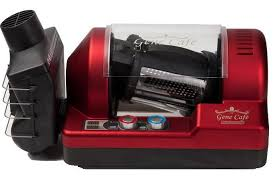
On the other hand, if you are looking to roast larger batches, Drum coffee bean roasters may better suit your needs.
Gene Café Roaster and Behmor are two reliable brands of Drum home coffee bean roasters. Although it’s one of the most expensive, the Gene Café Home Coffee Roaster is easy to use and powerful. It provides the ability to control the time and temperature of your roast. In addition, the innovative cooling system allows you to roast multiple batches in one day. Gene Café Roasting Tips will help you create perfectly roasted beans using this home roaster.
You’re probably wondering if there are other Drum roaster options that are easier on the wallet. The answer is yes.
Behmor 1600 Plus
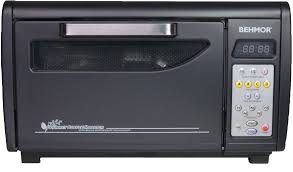
The Behmor 1600 Plus Home Coffee Roaster is a cost-effective alternative to the Gene Café. This model has improved over its predecessor with a double-paned window in the door for increased insulation and a new motor giving you more control over drum speed. Despite the updated features, the general operation of the newer model remains the same. The Behmor 1600 Plus is for the true home roasting coffee connoisseur with its power and versatility. Learn roasting tips using this guide or view videos outlining roasting tips and demonstrating the operation of the Behmor 1600 Plus Home Coffee Roaster.
For a side-by-side comparison, visit our page comparing our best home coffee roasters.
Is using a Home Coffee Bean Roaster the only way I can roast coffee at home?
Okay, some of you may be interested in roasting your own coffee but are not quite ready to purchase a coffee bean roaster.
If you are not ready to make a huge investment, there are methods you can try before purchasing a home coffee bean roaster. Stovetop pans and popcorn poppers are two more cost-effective tools to use if you want to try your hand at home coffee roasting. Learn more details about the economical home roasting options available. Don’t let money get in the way of learning how to roast coffee beans at home.
I Want to Learn How to Roast Coffee Beans – What are the Basic Steps?
So when you decide to take the plunge and purchase a coffee bean roaster for roasting coffee at home, what’s next?
Detailed instructions on how to roast coffee beans will vary by roaster brand and model. The basic steps to home coffee roasting are outlined below:
1. Fill the Roaster:
Measure out the green coffee beans you are looking to roast in one batch. In general, this should be in the range of 2.5 to 6 ounces (weight) for fluid bed roasters and 8 to 16 ounces for drum roasters. Stay within the manufacturer’s guidelines to avoid uneven roasting or the roaster overheating.
Now here is where your personal preferences come in.
2. Set the Time or Pick a Profile:
Set roasting times and heat profiles, if applicable. Review our roaster guides on your specific home coffee bean roaster for more detailed information.
And here’s the fun part:
3. Watch and Listen:
- The beans start as a pale green color (except for the decafs, which are already brown).
- As they begin to roast, the beans change to a straw color (tan) and begin to smell similar to wet straw.
- As the roasting continues, the coffee gradually darkens in color, progressing from light brown to black. The smell will change from a lightly roasted coffee smell to a pungent smell with visible smoke.
- Coffee can “pop” or “crack” twice during roasting. The first pop or crack is when the coffee expands and breaks its husk.
- The second pop is when the collected moisture, expands, and cracks the bean. The pops are audible, like when popcorn pops, but a bit quieter.
- If you begin noticing smoke and a pungent smell, terminate the roast by advancing to the cool setting.
Before long, you will be able to judge roasting times by sight and smell alone. Learning how to roast coffee beans is a journey and with enough practice, you can become a pro.
Don’t forget this important step as you enjoy the amazing smell of your home roasted coffee.
4. Roaster Cool Down:
Home Coffee Bean Roasters have a built-in cooling period. This allows the beans to cool down for handling and allows the equipment to cool and prepare for the next batch. Once the built-in cooling period is complete, the roasted beans are ready to rest for 12-24 hours before grinding or storing.
Before long, your friends and family will be asking you to teach them how to roast coffee beans.
Here are some additional things to consider before embarking on your home coffee roasting journey:
- If you are a decaf coffee drinker, learn about the differences in the processing and roasting of decaf green coffee beans.
- Be aware of possible coffee roasting defects you may encounter.
What Are the Different Kinds of Roasts?
Now that you know the basic steps to using a Home Coffee Bean Roaster, let’s dig deeper into the types of coffee roasts.
Let’s start out by recognizing there is some confusion over the different coffee roasts available, often caused by the lack of standardization used when categorizing them. Many coffee drinkers settle with the basic knowledge of the differences between light roast vs. dark roast. Understanding the terminology used to describe coffee characteristics will help you choose the best roasting level based on your preferences.
Things to consider when choosing a type of coffee roast include Body and Acidity.
Body refers to the feeling on your tongue when drinking the coffee and is an imprecise measure of dissolved solids. Full-bodied coffee has a heavy, rich feel with an overlapping or complex variety of tastes. It will retain more of its flavor when diluted relative to a lighter body coffee. Lighter-bodied coffee is more diluted with little to no texture or residue left on your tongue.
Acidity, also known as brightness, helps describe the wide-ranging flavors of different coffees. Lively, tangy, sharp, bright, and fruity are some words used to describe what some coffee enthusiasts refer to as “perceived acidity”.
Note that the acidity being referred to is not to be confused with the chemical acidity (pH), although they are directly linked with one another.
“Perceived acidity” is the first impression of a cup of coffee – the crisp sensation hitting the tip of your tongue. Coffee beans’ growing regions, processing methods, and roast levels will affect the “perceived acidity” of the coffee, with darker roasts having a lower level, resulting in a flatter taste.
Learn about other characteristics that affect the taste and quality of coffee.
And remember:
The roasting time required to produce coffee beans at each level will depend on the roasting method used. Specified temperatures are estimates and roasting styles should be achieved by color and sounds (cracking).
Let’s start with the roasting style achieved with the shortest amount of time.
Light Roast (also known as Half City, Blonde, Cinnamon, New England, Light City)
Approximate roasting temperatures: 356°F – 401°F

Color/Appearance: Light Roast coffee beans are roasted a few minutes and become a brighter orange-brown color, dry with no visible oils.
Time: The beans are roasted until the “first crack” is heard. Some of the lighter roasts in this category may have some beans remain uncracked.
Taste: Despite the raw taste of light roast coffee beans, some coffee drinkers may choose this level of roasting for the higher level of antioxidants. Generally, coffees roasted to this level are higher in acidity and lighter in body and may taste harsh and underdeveloped.
And if Light Roast coffee is not for you, continue roasting to reach the roast level generally preferred in the United States.
Medium Roast (also known as City, American, City Plus, Regular, Breakfast)
Approximate roasting temperatures: 410°F – 428°F

Color/Appearance: These coffee beans are medium brown and still exhibit a dry surface, though they may appear to have a slightly more velvety texture.
Time: Green coffee beans roasted until after the “first crack” but before the “second crack” are categorized as Medium Roast coffees.
Taste: Relative to Light Roast coffees, they have sweeter tones and a more balanced body of acidity, aroma, and flavor.
To create a flavorful cup of coffee with new unfamiliar beans, Medium Roast levels are a good place to start experimenting.
Moving on, slightly longer roast times and higher temperatures result in coffee beans producing a stronger aroma.
Medium-Dark Roast (also known as Full City, Viennese or Vienna, Full City Plus, Continental, European, After Dinner)
Approximate roasting temperatures: 437°F – 446°F

Color/Appearance: Medium-Dark Roast coffee beans will be a rich, dark color and appear slightly shiny.
Taste: Roasting to this level produces flavors leaning more toward spicy, chocolate, and dark berries. Coffee brewed with these beans will have a lower-acidity and a fuller body with abundant aromas and a drier finish, similar to baker’s chocolate or fine wine.
Time: To achieve a lighter roast in this category, your green coffee beans will not quite have reached the “second crack”, while darker roasts will require roasting beyond the “second crack”.
And finally, this roast style will require careful monitoring to avoid burning the coffee beans.
Dark Roast (also known as French, Italian, Turkish, Neapolitan, New Orleans, Spanish, High, Double)
Approximate roasting temperatures: 464°F – 482°F

Color/Appearance: Spanish Roast coffee (far right above) will be charcoal black in color and oily to the touch. You will notice that the coffee beans will begin to smoke in the roaster as the sugars carbonize.
Time: After the “second crack”, coffee beans will begin to darken very quickly.
Taste: Brewing with Dark Roast beans will produce a sweet smoky-tasting coffee with a lighter body, less acidity and the least caffeine of all roasts.
As you learn how to roast coffee beans, experiment with these different roast levels to identify your favorite.
Storing Green or Raw Coffee Beans
How Long Do Green (Raw) Coffee Beans Last? How Should Green Coffee Beans Be Stored?

You may be wondering how you can ensure your green coffee bean supply remains fresh.
Compared to roasted beans, green or raw coffee beans last much longer when stored properly.
When stored in a cool, dry place in a sealed container, green coffee beans can last at least a year before losing any noticeable quality.
The trick is to store it at the right temperature and humidity level.
The ideal temperature is approximately 60°F at 60% humidity and no higher than 80°F. Higher humidity levels may lead to mold, while lower levels could cause the beans to dry out.
Don’t forget to periodically open the storage container and give the green coffee beans a shake to let air circulate over them.
And remember, it is not necessary to freeze or refrigerate green coffee beans.
Best of all, the longer shelf life of green or raw coffee beans allows you to purchase them in bulk at wholesale prices. As you can see, learning how to roast coffee beans starts with high-quality green coffee beans.
Storing Roasted Coffee Beans
How Long Do Home Roasted Coffee Beans Last? How Should Home Roasted Coffee Beans be Stored?
By now, you probably realize home coffee roasting allows you the flexibility to roast only the amount you need.
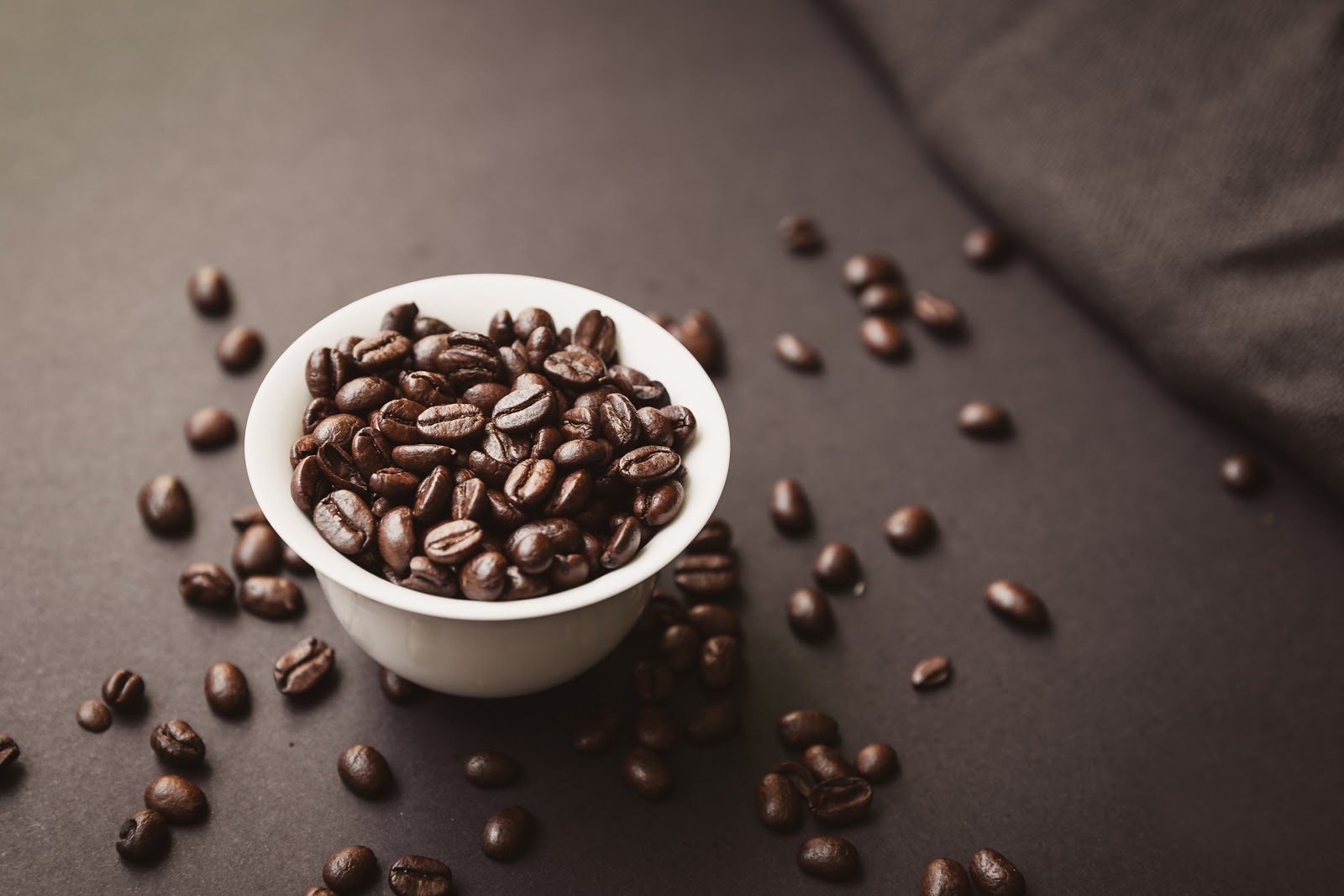
This is an important benefit as roasted coffee beans begin to deteriorate and lose its flavor in about six weeks.
After roasting coffee beans, there is an additional step.
Once you learn how to roast coffee, don’t forget this important step after the roasting process is complete. To maximize flavor, freshly roasted coffee should rest or “set up”. Resting time should last at least overnight and up to two to three days. You can rest the beans in an uncovered bowl or glass jar. This is also known as degassing your home roasted coffee beans. The degassing process should be done at room temperature with low humidity before preparing for longer-term storage.
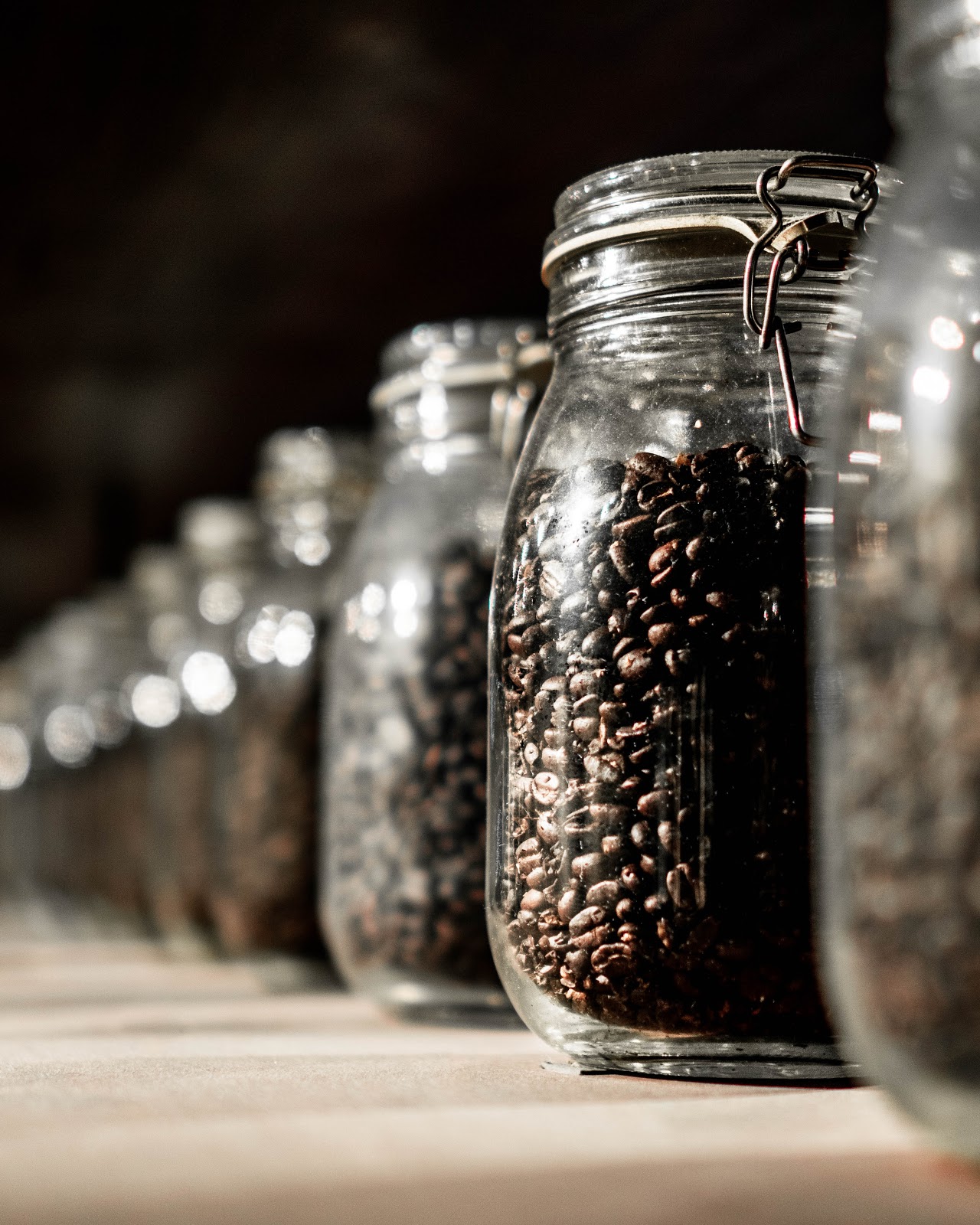
Similar to raw coffee beans, roasted beans should be stored in a cool, dry, dark place. Make sure they are stored in a sealed container for longer-term storage. Avoid refrigerating or freezing your freshly roasted coffee beans. If you don’t, you can cause them to become too moist in the refrigerator or too dry in the freezer. In addition, there is the risk the beans will absorb the smells of foods. This can happen when they share the same space in a refrigerator or freezer. This will affect the ultimate taste of the coffee when it’s brewed.
Remember, learning the optimal storage method for your roasted and raw coffee beans is just as important as knowing how to roast coffee beans. Be sure to learn about the different types of coffee storage containers available.
Start on your home coffee roasting journey by:
- Checking out our Best Rated Coffee Beans for Home Roasting and our Featured Green Coffee Bean Specials.
- Read more about Roasting Coffee Beans in your Home by visiting our roasting resource page.
- Grab some tips on Grinding Your Home Roasted Coffee Beans.
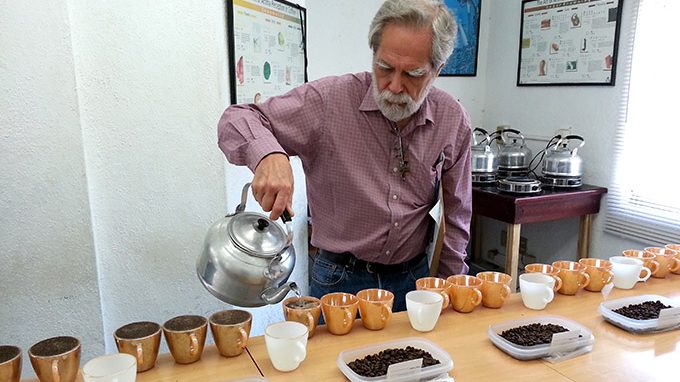
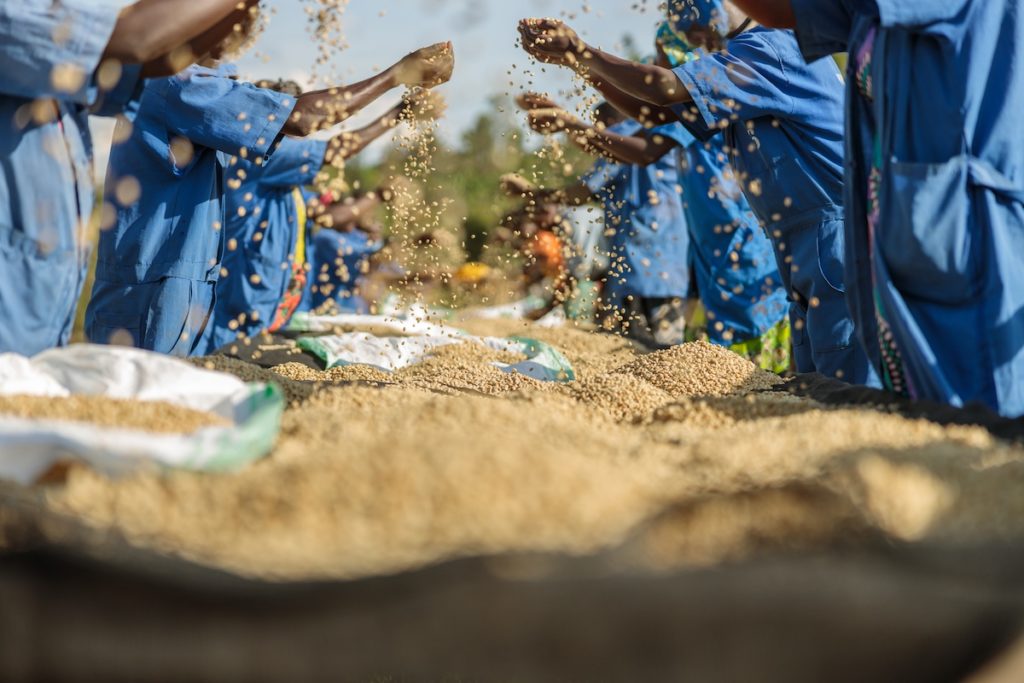
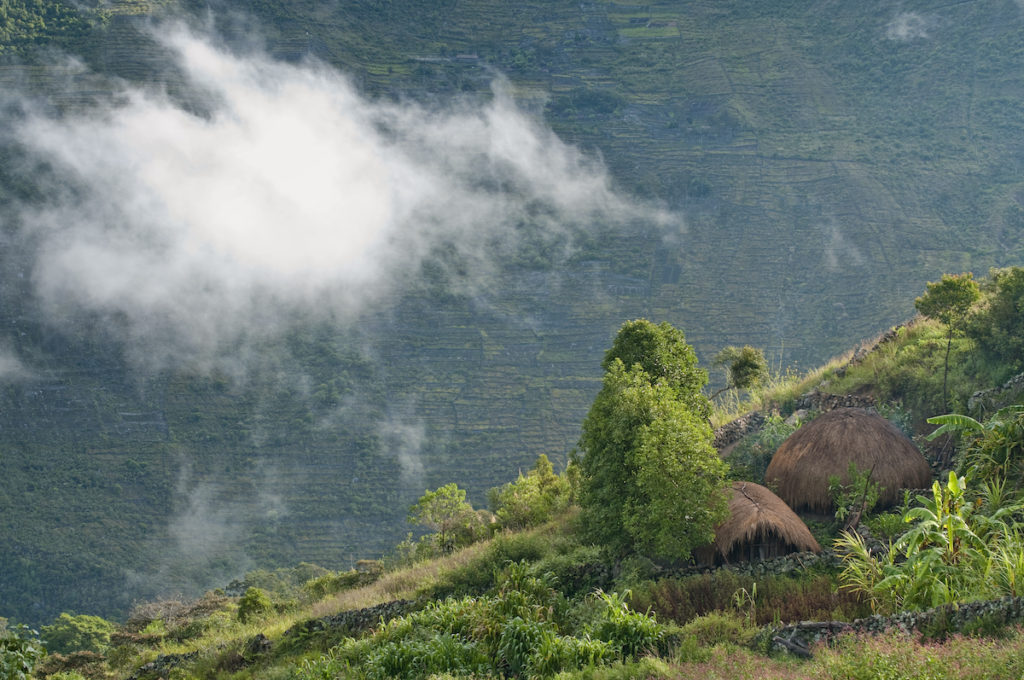

Excellent article! As a new coffee roaster I would like to know why my green beans roast so unevenly in the stove top pan. Some are quite a lights to medium tan while others are very dark, appearing to be in the medium to medium dark range. Should I separate them? I’m very willing to do so if the taste differences will be strong. Thanks!
It is extremely difficult to get even roasting in a pan. You need to stir constantly – beans should never stop moving – to ensure more even roasting. But even with hard work it is common to find some beans under-roasted. Some varieties, like Ethiopian naturals, have a tendency to be more uneven in nature, while others tend to be more consistent (usually specified in our roasting notes). We recommend flicking out any beans that are too light. We also recommend getting some kind of roasting machine, when you are ready for it. In the meantime, practice practice practice! Good luck!
Looking for information. I would be first time roasting here and wondering if this is something I could do in a cast iron skillet or something of similar weight? Is the smoke bad? Can it be controlled easily? What is the good and bad of trying to do it this way? Or should one really buy a roaster?
I’m roasting in a hand crank popcorn popper on an electric hot plate, outside. If you have a good enough exhaust hood, I would think the smoke wouldn’t be a problem if you roasted inside.
Thanks for the interest! Mike’s reply is a good one. We would like to add that roasting in a pan is totally doable, but it is challenging to get all the beans roasted to the same level. You will need to stir constantly! If you invest in a popcorn popper or automatic roasting machine, you will surely have more consistent results and much less work.
comencé a usar el 540, excelentes resultados, gracias por compartir sus consejos, desde Colombia un caluroso saludo
How long should you degassify roasted beans in an open bowl? If cooled beans are placed in the ziplock one way valve container, does that accomplish the same thing?
How do identify optimum degassing time?
Almost everyone agrees on 24 hours. From there, some like it fresher, some like to wait as long as 7-9 days before drinking. Personally I find myself liking most of the coffees best on day 3 or so but lots of variables. The valve bags are meant to still setup coffee, but some would argue they still setup better in open air then the valve bags. Although the bags do vent, they need pressure to build so that they can vent, pressure building in the storage container will stunt the setup slightly. Stunting setup though is one trick to get the shelf life of coffee longer but for most home roasters, its about quality, not longevity, so unless very convenient or gifting, open air setup seems to be the best.
New to roasting. 1st try was a monsooned malabar I did in the oven. Stopped it right at the beginning ogf 2nd crack. One of the MOST AWESOME coffees I ever tasted. Turned right around and purchased the Fresh Roast SR800 (with extension tube) and I love it. Pretty cool gizmo and takes no time to learn how to operate it properly.
I used an air popper to roast my beans. They look perfectly medium roasted, oily looking, but don’t have a deep aroma like roasted coffee…I made an Americana after letting my beans rest for 48 hours and it just didn’t have a strong coffee taste. I’m disappointed but not giving up. Maybe it’s the green coffee I purchased off amazon…or I didn’t roast it long enough…
I use your SR800, which I love. I roast outside (in the garage), but now in central Mn the winter temps are often below freezing. and the roaster only gets to about 350. any suggestions? thanks
If you do not have the extension tube, it would be a worthy purchase. It helps build higher temps as well as letting one roast a larger batch. Generally it is considered the solution for lower voltage environments, also allowing one to roast in a bit cooler weather. Other option, which is not super highly recommended, build an insulated box around the machine to keep the roasting area warm. Careful about using flammable materials.
I roast with a large cast iron Creuset 13qt pot over a gas flame. It heats very uniformly which is ideal and retains heat for a long time. I stir continuously with a large whisk for 15 to 20 minutes depending on the beans. I never go to the second crack. This simple (but expensive pot and cheap whisk) yields the best coffee i have ever tasted. The advantages to using an open pot like this is i can see how the beans are progressing as well as hear and smell them. I roast about 1.5 lbs at a time. Start with a high flame and lower it to medium after about 10 minutes and then off for the last minute. There are cast iron pots a lot cheaper than le Creuset but i have adopted this one which we had and is too heavy for my wife to use. I would never switch for one of the mechanical roasters. We are getting an induction range so i will let you all know how that works. Fingers crossed.